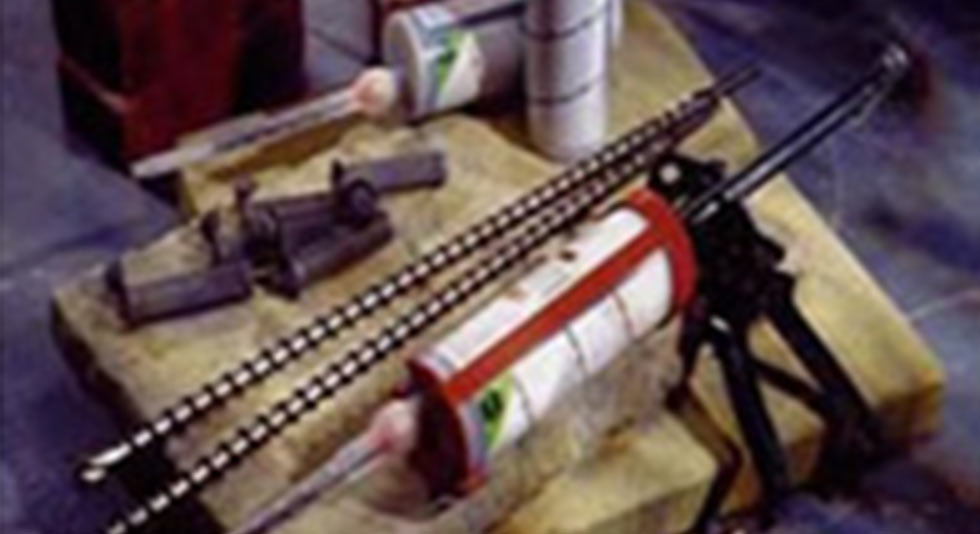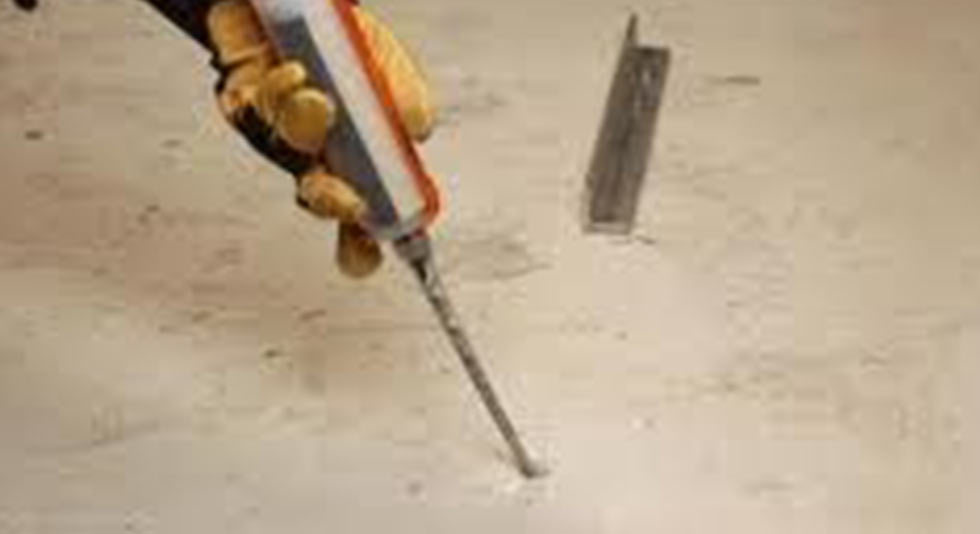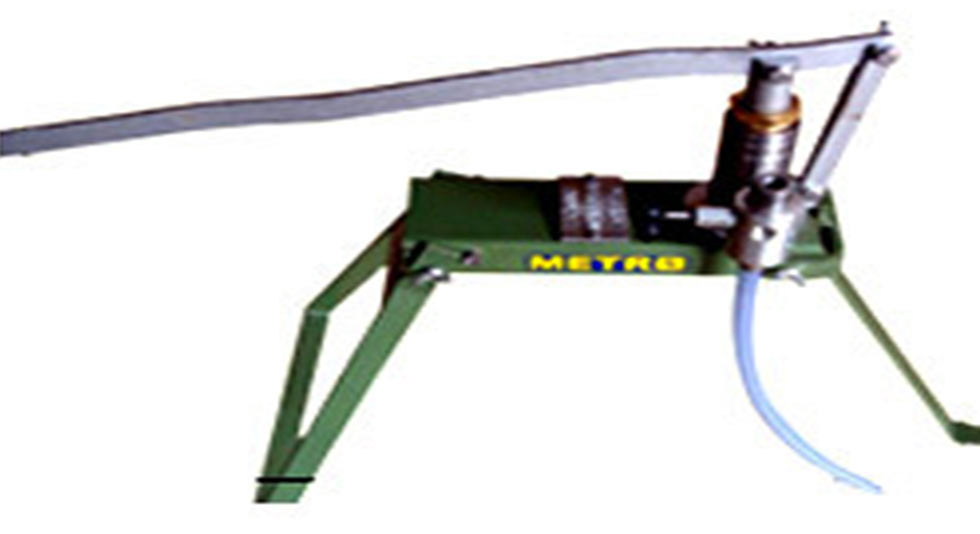Resin Injection
Introduction
Epoxy, polyurethane and microporous grouts can all be injected under controlled pressure into wide and narrow cracks or honeycombed concrete to restore (and in some cases) improve the structural integrity of the concrete, brick/block work or masonry.
The resin forms a permanent seal and mechanical bond by structurally bonding to the substrates. By preventing the ingress of water any further damage can be reduced.
The selection of resin or grout is crucial to the effectiveness of the repair. Some resins, especially some epoxies must have a dry substrate to enable it to bond, also epoxy has tendency to overheat during curing if applied to thickly and will not set properly.
There are two main types of epoxy resin Low Viscosity (very fluid Ideal for very narrow cracks) and Thixotropic (which thickens quicker so better for wider cracks. Some resins form a foam when they come into contact with water and are ideal for cracks and areas where epoxy is unsuitable due to water within the structure or crack. This foam displaces the water before Bonding to the substrate.




Resins
Resins are also used for structural anchoring.
Bolts, bars, eyelets etc can all be fixed securely using resin pumped inside the drill holes before screwing in the item.
This can be especially useful when adding in extra reinforcement to concrete Repairs and pins for ornate stone restoration.





